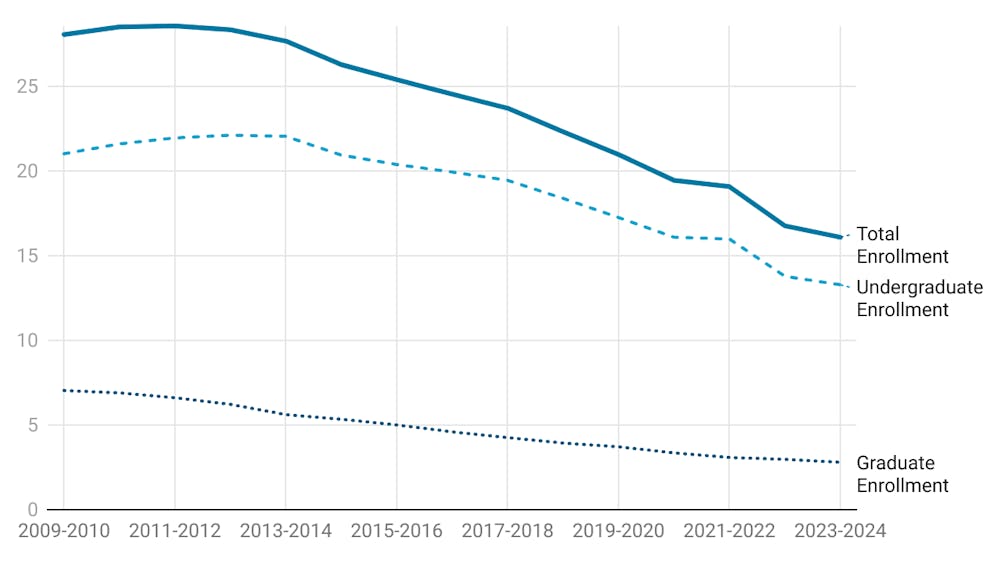As Mardi Gras approaches, I thought I would take an opportunity to talk about French food.
France is the culinary capital of the world, with bakeries and pastry shops lining the streets, displaying elaborate and mouth-watering treats.
Crêperies abound. Fine dining establishments are commonly found in the center city. However, as much a part of French culture these shops and restaurants are, the supermarket plays a huge role in daily food consumption.
Just as in America, many chain stores exist: Casino, Carrefour, Monoprix and Diagonal are common in Angers. Similarly, they range in size.
Petit Casino and Carrefour City are community-oriented and offer more limited selections on the basic food and home care products, while Géant Casino and Carrefour are much larger and similar to a super Target. In France (not in Angers) there is also a super Casino, which I imagine would
compare to a super Wal-Mart.
No matter which small local grocery store you enter, packaged sandwiches, salads and drinks are always on display. These make for a healthier, cheaper lunch option than a kebab. I am reminded of America yet again as these products come in a name brand, store brand and an even further discounted brand.
Before stepping foot in a grocery store, I did not expect this to be the case, as France is praised for its fine cuisine. In addition, you can also find more expensive “bio” brand food products that are grown naturally. The “bio” movement is very popular in France and has become a lifestyle for many.
The dairy section of the supermarkets is the one I am most fascinated by. Let’s take a very simple food: yogurt. Unlike in America, I cannot just buy an individual yogurt cup. I must always buy in packages: 4, 8, even 16 individual servings are bounded up together for sale. The flavors available are also very interesting. Both lemon and pink grapefruit have been, surprisingly, very delicious. However, non-fruit flavored yogurt is rare, unlike in the United States.
Moving on from the stacks of yogurt packages, I come to the even larger section for already prepared pudding. And yes, you must buy these in groups, too.
While some of these products come in plastic serving dishes, many of them come in little glass jars.
I was really surprised by this the first time I visited the grocery store. I am not sure as to why this is, but if I had to make a guess, I would say it creates more class for the pudding, which is often eaten as a dessert. Plus, the container can be recycled. Several flavors are available, ranging from the basic vanilla and chocolate to whipped cream and layered pudding deserts.
Furthermore, I have yet to come across boxes of powdered pudding mix to cook in the kitchen, something I find very curious.
The cheese portion of the dairy section is even larger and more impressive than the yogurt and pudding section combined.
In larger stores, a whole aisle plus deli space is generally reserved for displaying the hundreds of varieties of this French staple. Although I am not a fan of most of these cheeses, I love walking up and down the aisle looking at the many different package designs and reading the descriptions. Frenchmen can usually tell one cheese from the other.
For example, Camembert (a creamy cow’s milk cheese) is always round, packaged in circular wooden boxes and gets cut into wedges.
Roquefort (a blue cheese) is known for its green mold. It is extraordinary to see the many differences among the look, the packaging and the regions/cities that made them.
Lastly, the nutrition labels on many packaged breakfast and snack foods are fun to read. Besides the basic labels and ingredient list, many boxes or packages list complementary foods to create a balanced meal.
For example, a granola bar may show a picture of apple sauce and milk as suggestions to complete the meal. While this might seem as common sense, I believe it might actually help remind people to eat healthier. Plus, some of the meal suggestions are really good! I think this would be a great system to apply to many American packaged food products.
I can spend hours at the grocery stores amusing myself by looking at all of the foreign products and packaging styles. You would be very mistaken to think supermarkets do not offer cultural learning experiences but it is quite the contrary.
While bakeries and restaurants might offer insight to the praised cuisine of a country, visiting a foreign grocery store while studying or traveling abroad will give you much insight into the everyday food culture and political/social movements of a people.









